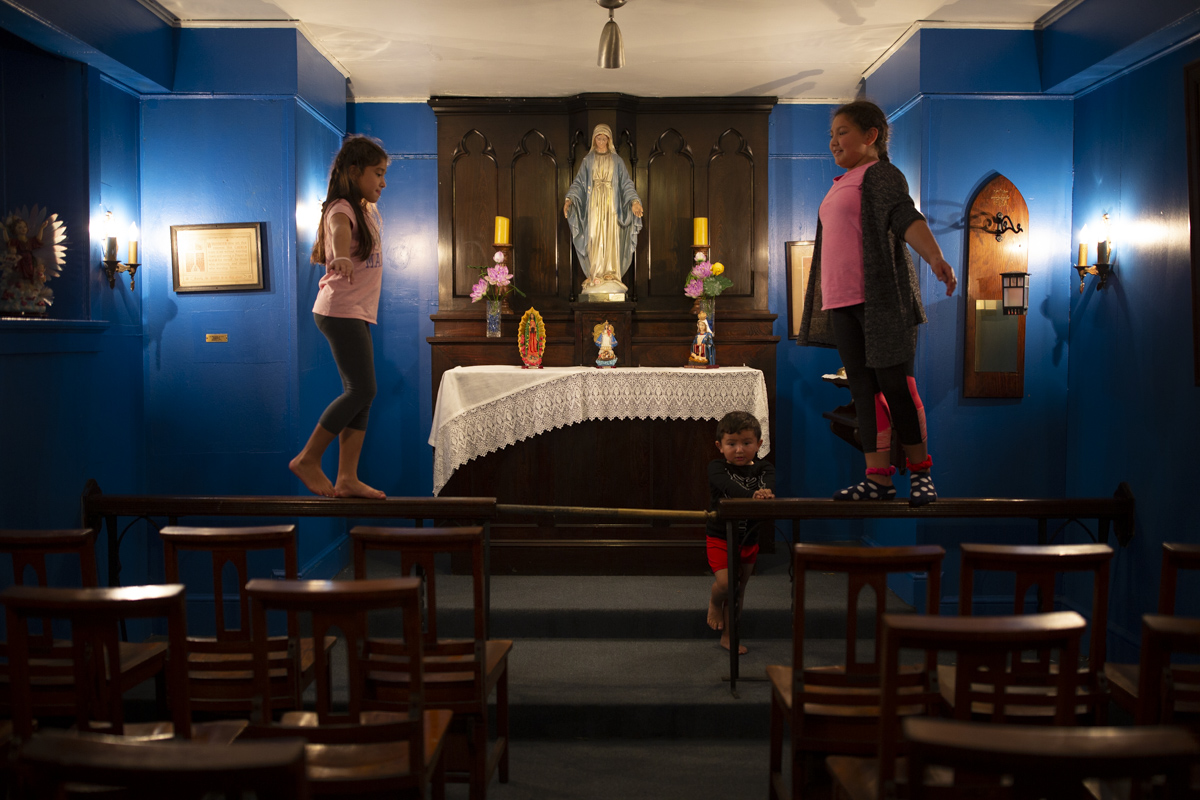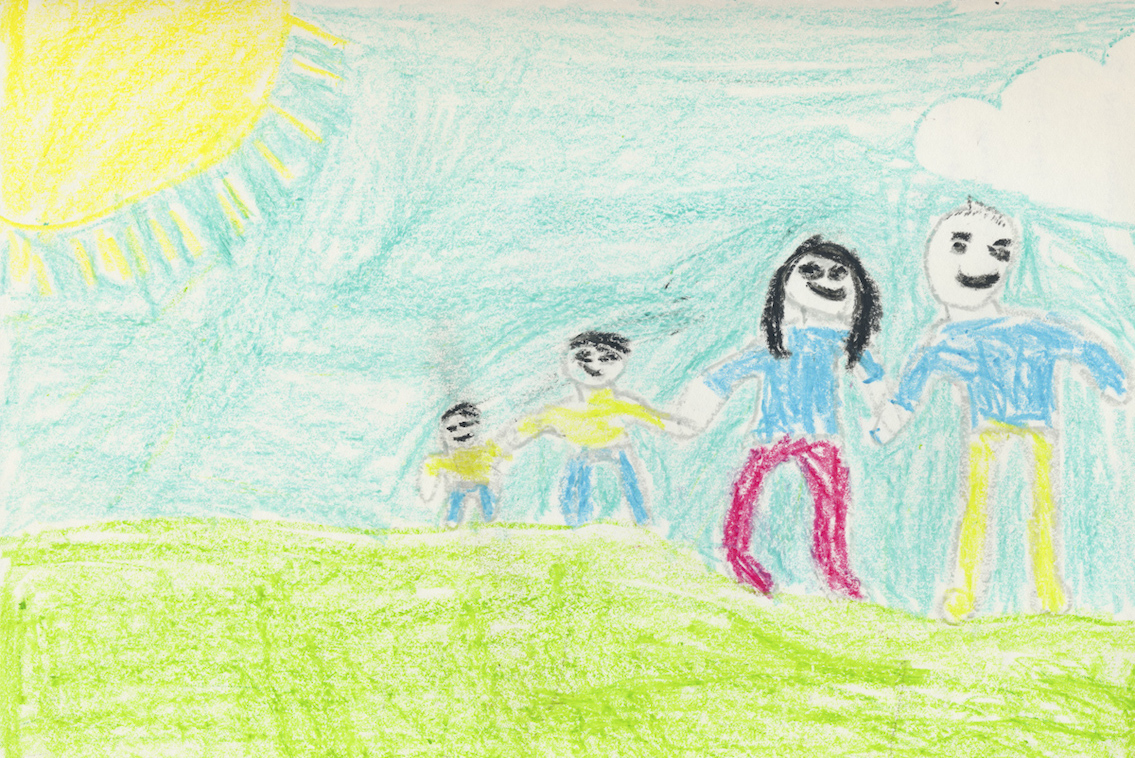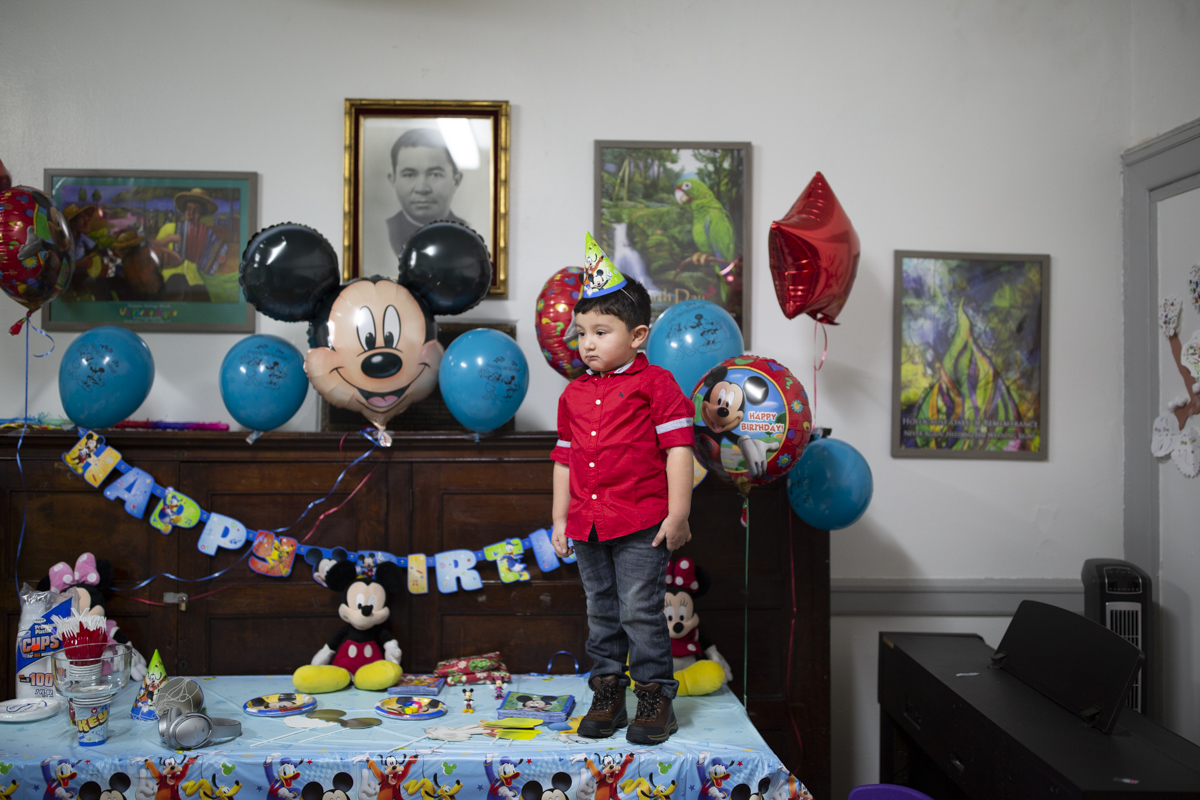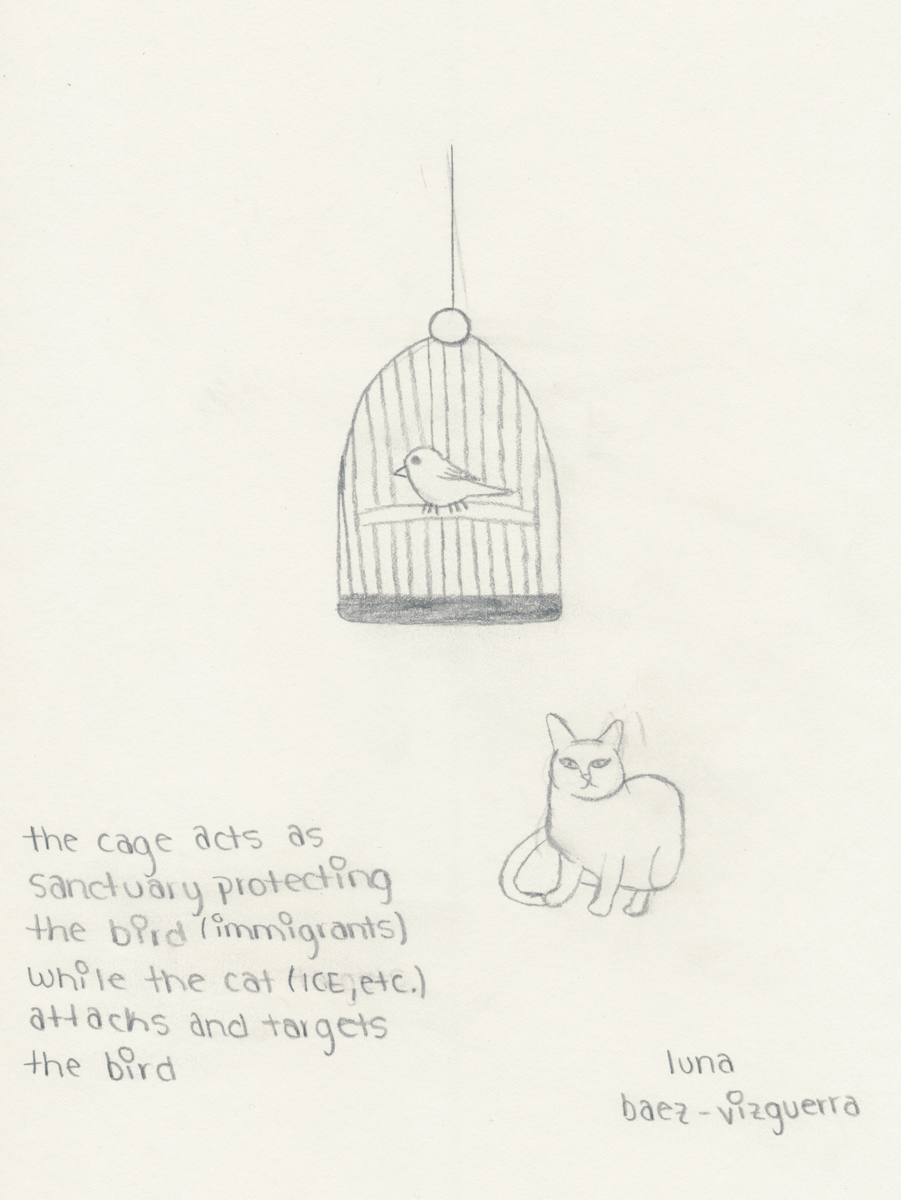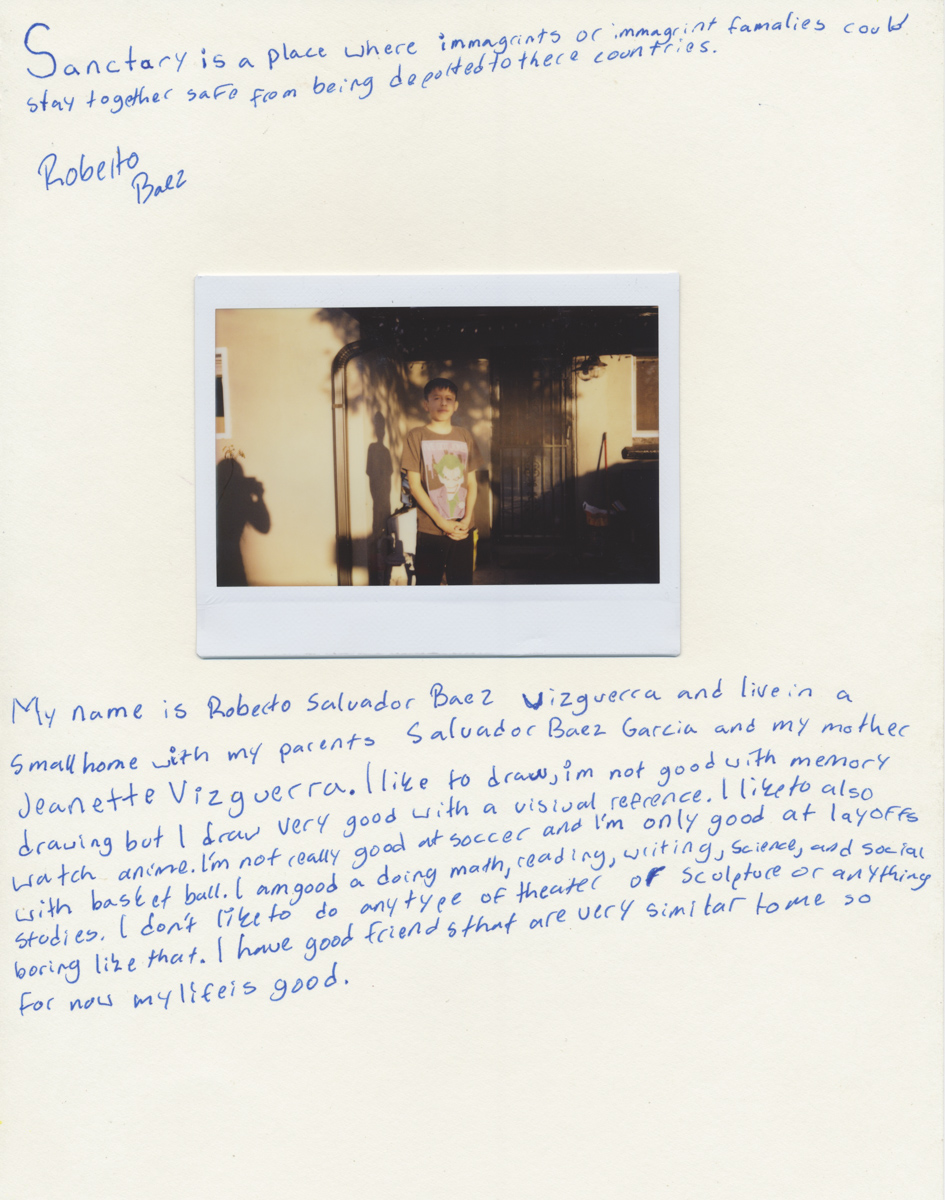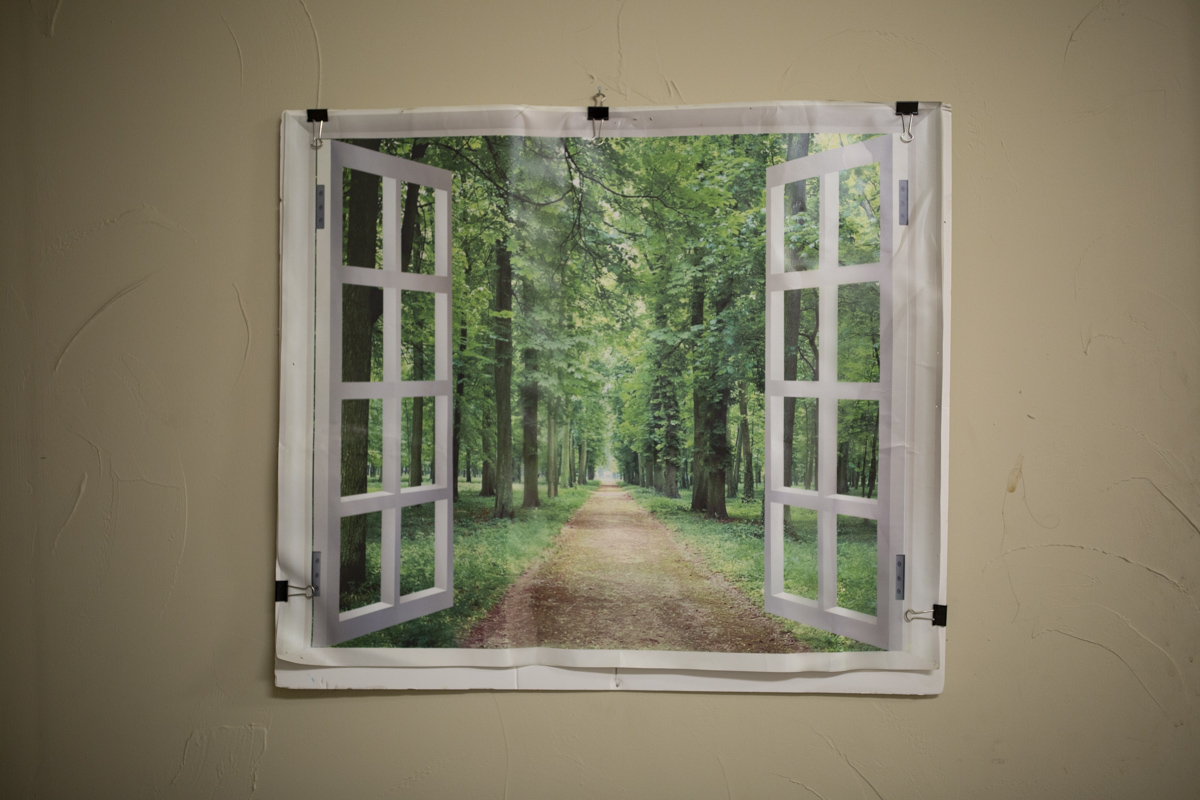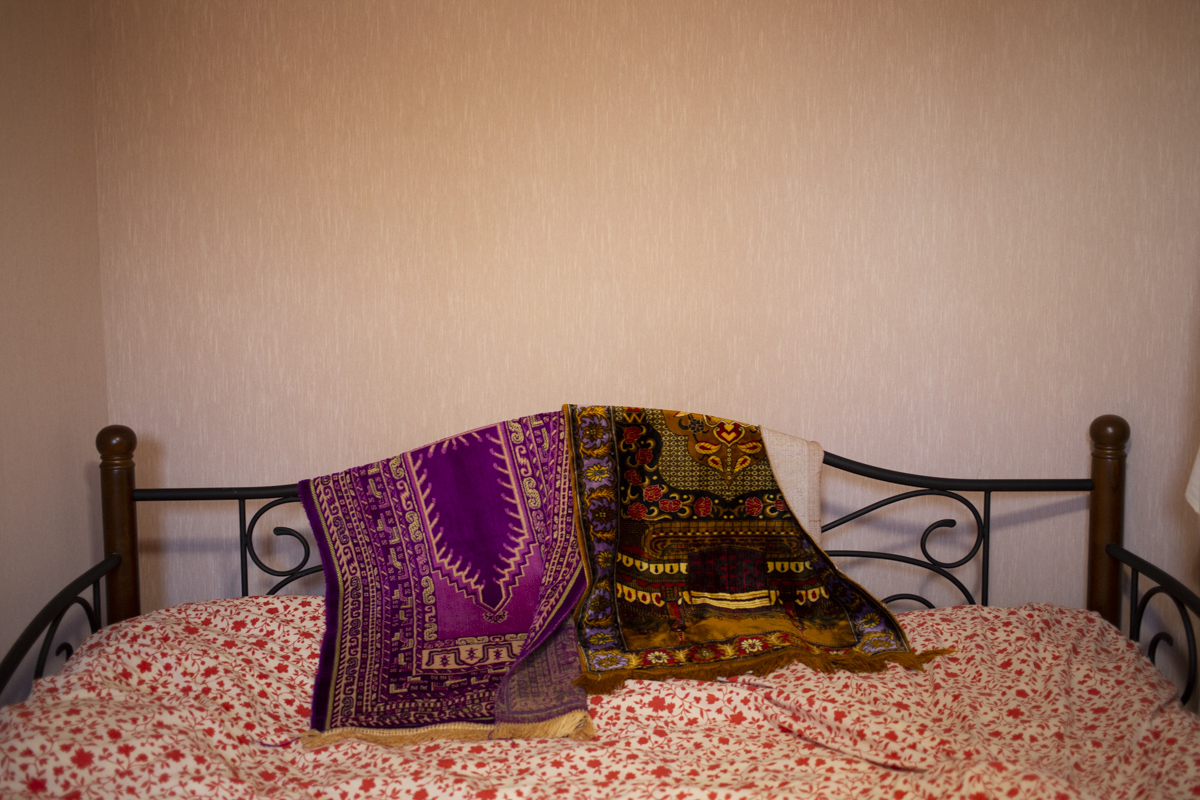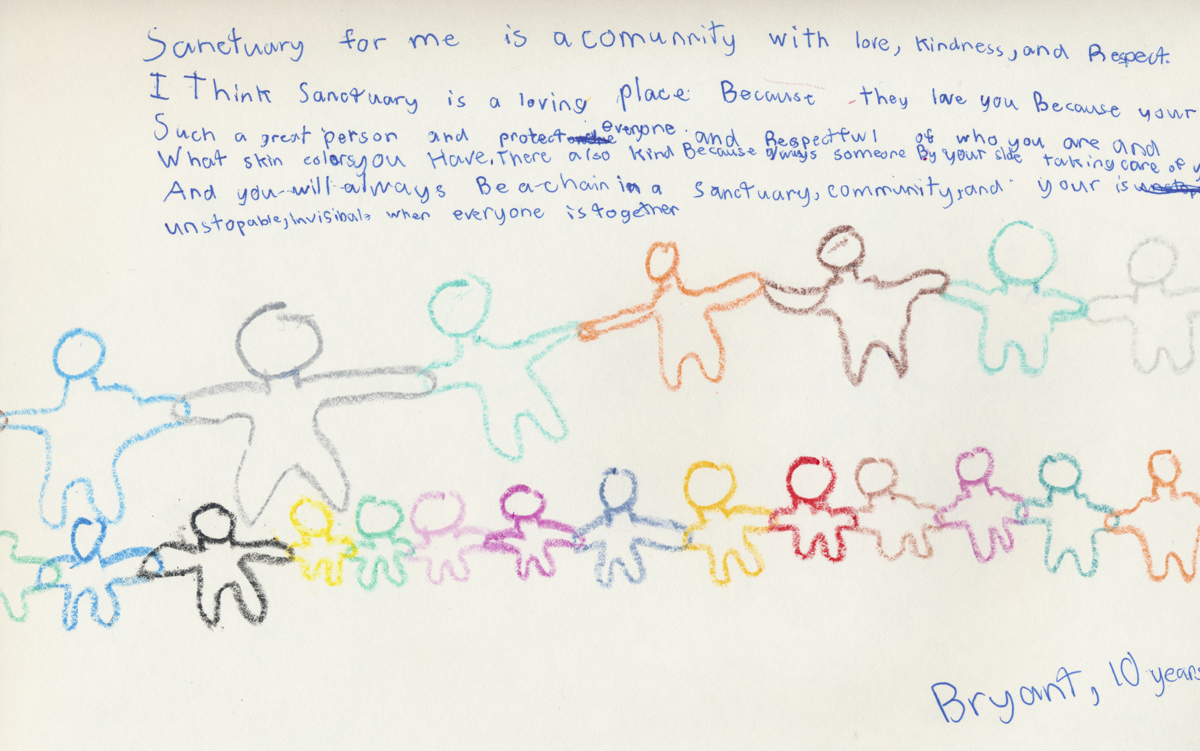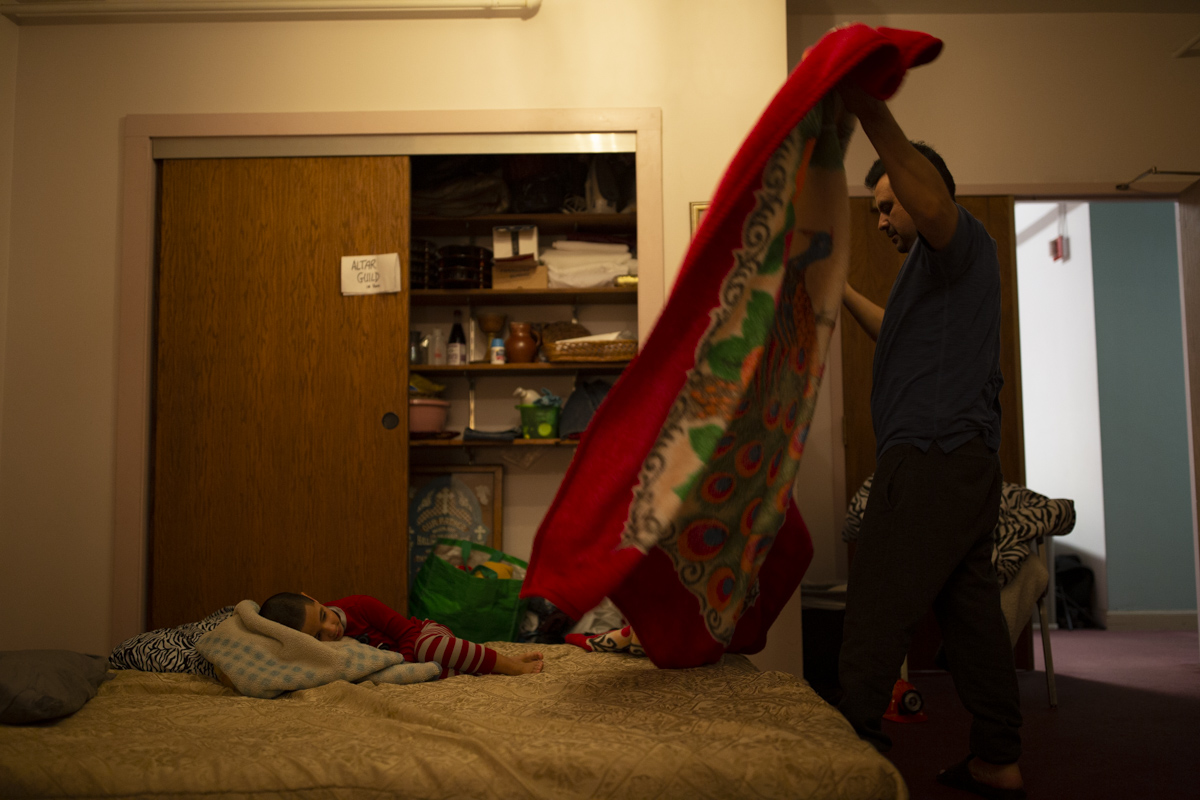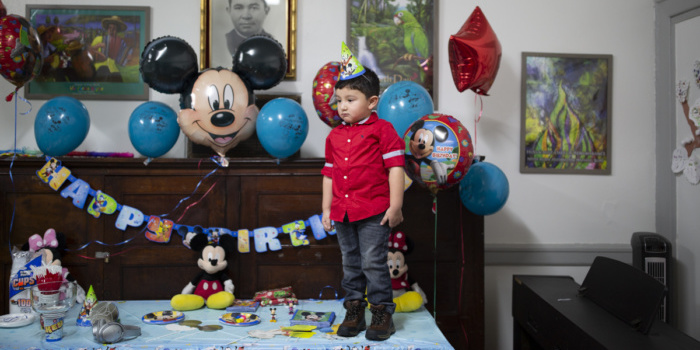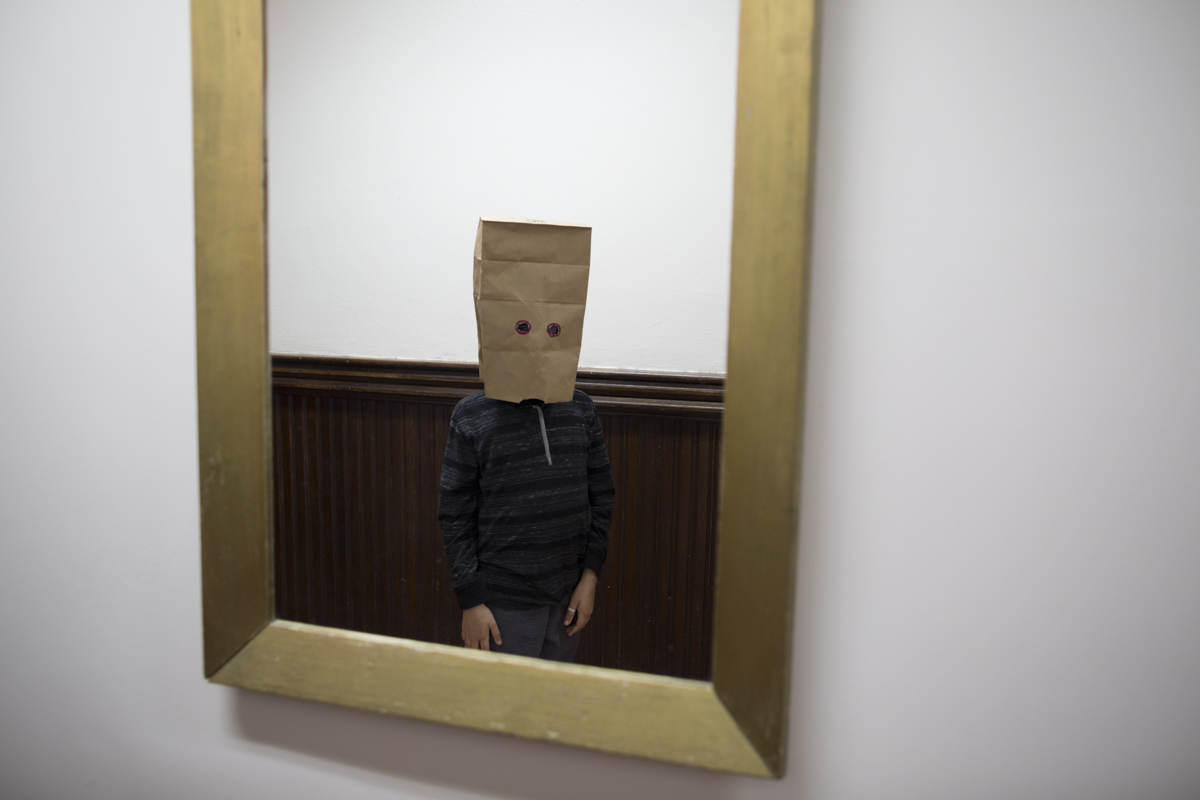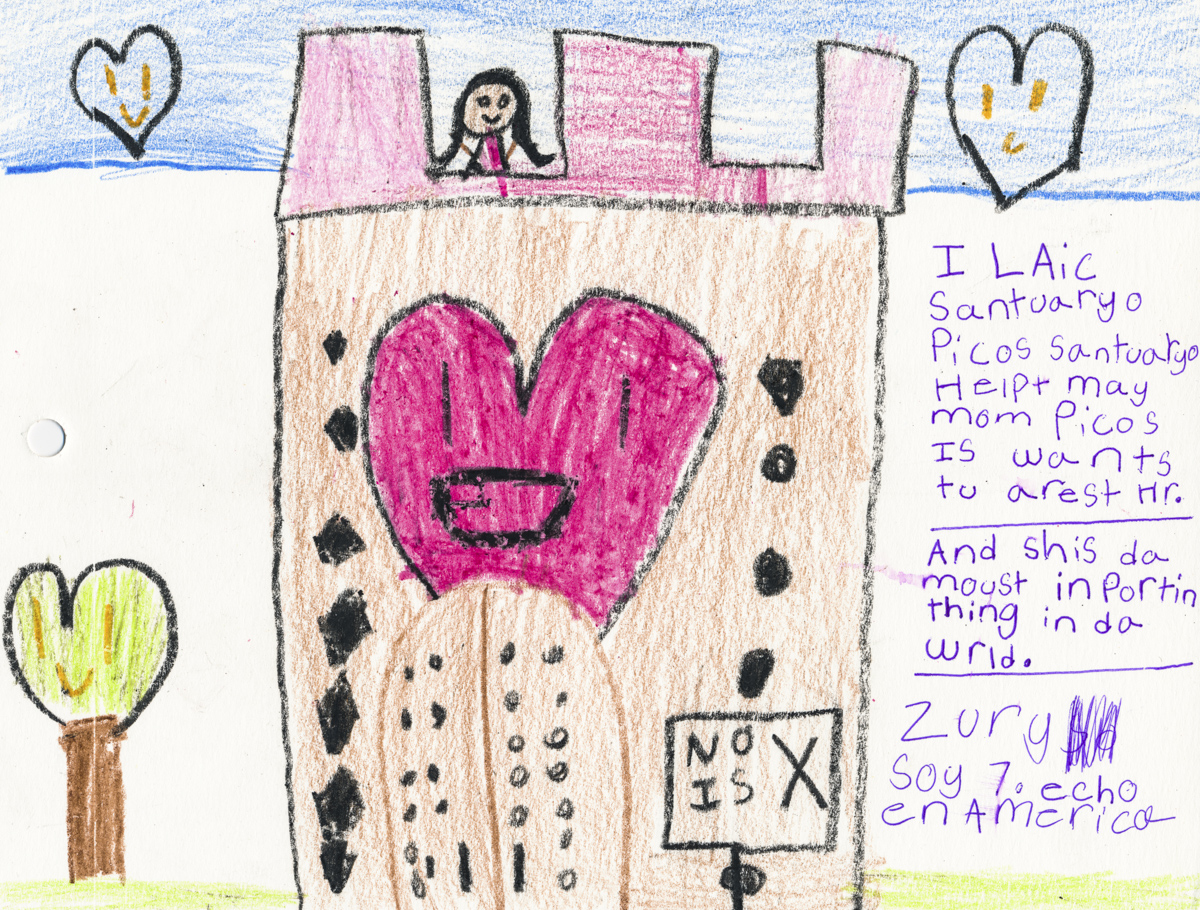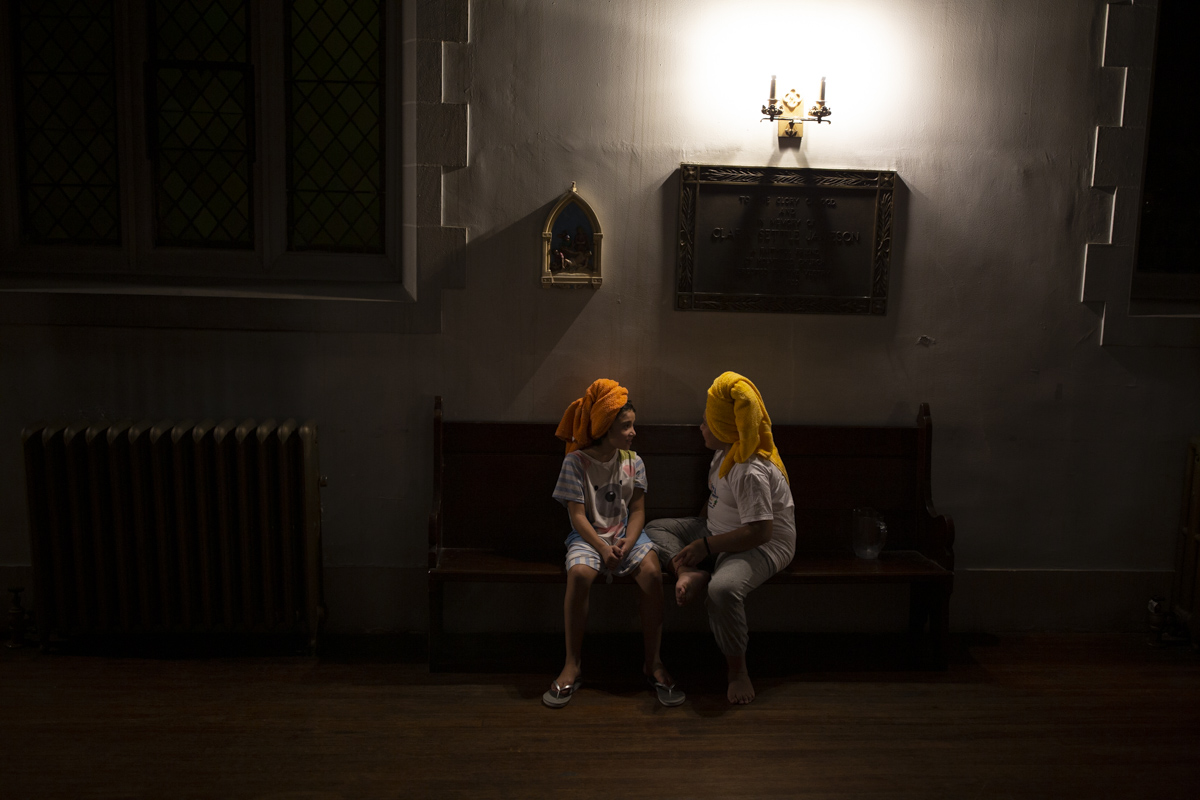Cinthya Santos-Briones’ Living in Sanctuary centers the emotional, psychological, and political impact of taking sanctuary. Across the United States, communities of faith are offering physical refuge to undocumented immigrants, as the last alternative for keeping families together while they fight for a suspension of deportation.
Living in Sanctuary showcases images that are rarely depicted in the mainstream representation of asylum seekers, showing the poignant, quiet, and tender moments of establishing home, routine, and community.
As an artist, Santos-Briones’ work focuses on a multidisciplinary social practice that combines participatory art and the construction of collective narratives of self- representation. Santos-Briones has been published in The New York Times, PDN, Vogue, Buzzfeed, New Yorker, and The Nation Magazine, among others. She also works at pro-immigrant organizations in New York as a community organizer and is currently an Adjunct Faculty at the Graduate School of Journalism at CUNY.
Website: http://www.cinthya-santosbriones.com Instagram: @cinthyasantosb



